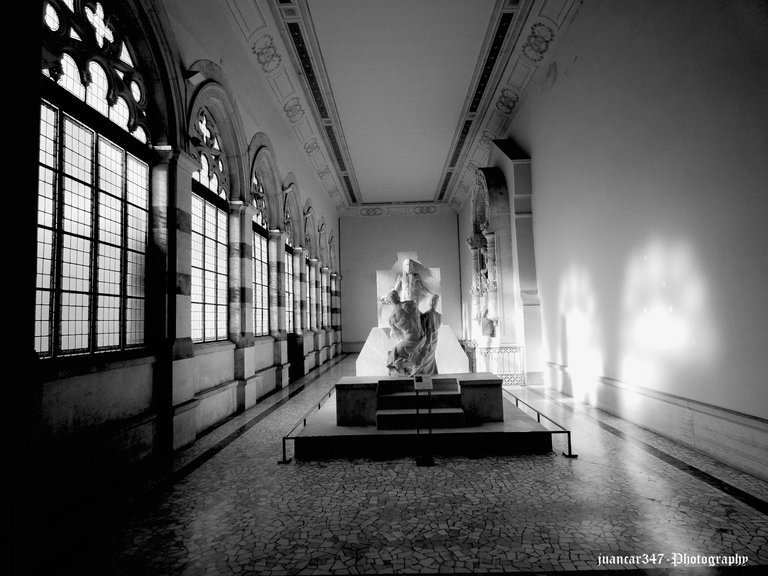
Generalmente, amnésico a todo aquello cuanto hace referencia a lo que el escritor checo Milan Kundera denominaba como la insoportable levedad del ser, el hombre suele mirar hacia otro lado, toda vez que el más persistente y de hecho, el más antiguo de sus tabúes le planta cara, con toda la consistencia de su inefabilidad: la Muerte.
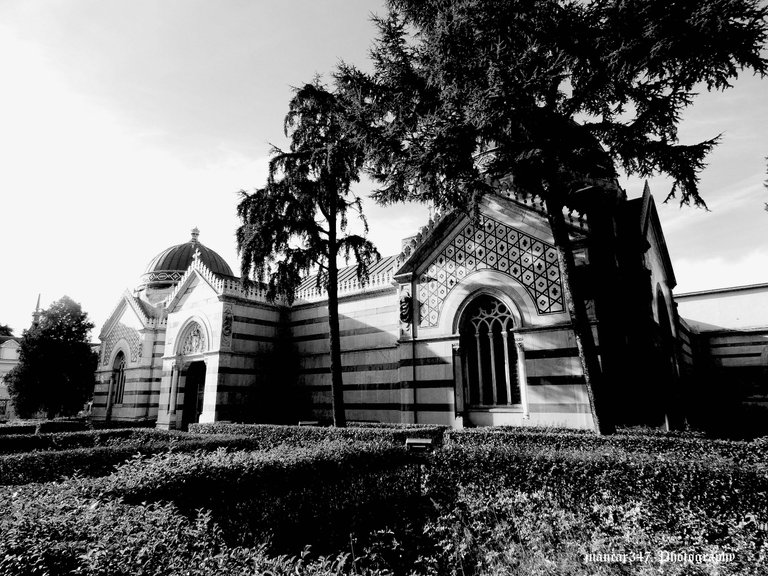
Y sin embargo, por paradójico que nos parezca, existe en él un instinto gótico, irreprimible, que le empuja irremediablemente a sentirse fascinado por Ella, hasta el punto de rendirla todo un infinito cultual.
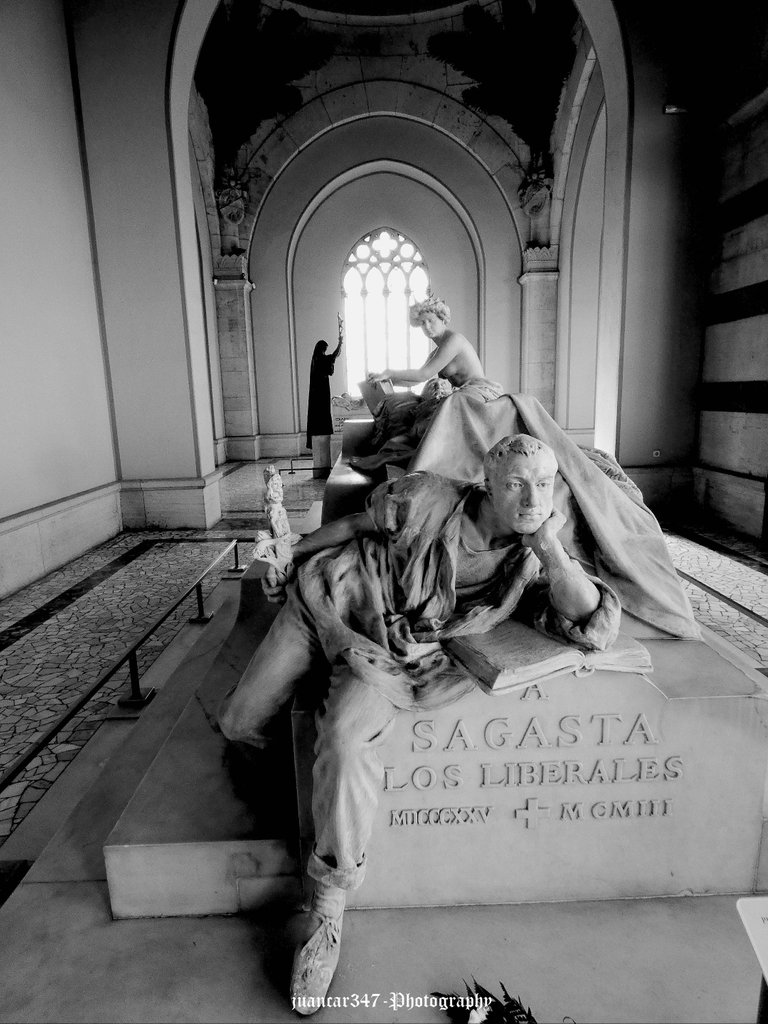
Nada mejor para comprender parte de dicha fascinación, que embarcarse en la metafórica nave del Arte y dejarse arrastrar por esas ambiguas corrientes mitológicas, para adentrarse con ellas en los profundos océanos que alimentan las sagradas lágrimas de la piedad.
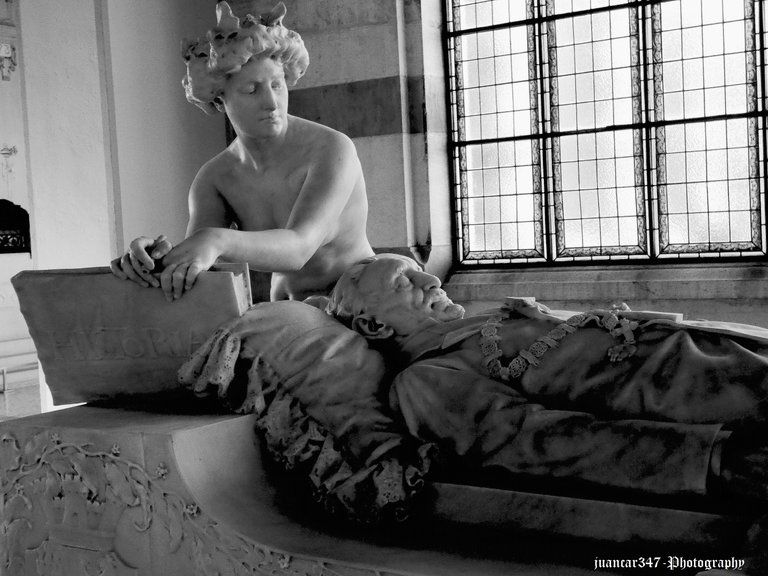
Suele representarse la piedad, en el arte cristiano, como esa Mater inconsolable, de mandíbulas atenazadas por el más insoportable de los sufrimientos y ríos de lágrimas que se derraman como un torrente sobre el cuerpo inerte del hijo muerto que mantiene sobre su regazo.
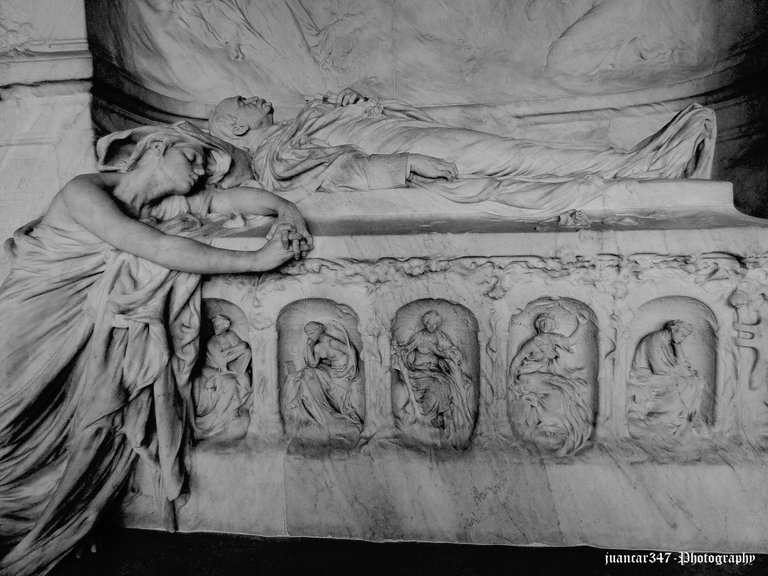
En este sentido, resulta curioso observar cómo el fondo permanece, con toda la fuerza de su significado, mientras la figura cambia, según sean las inclinaciones político-religiosas del finado –conservadoras o liberales- lo que vendría a confirmar, y el Arte así lo entendió –al menos en este madrileño Panteón de Hombres Ilustres- que la Muerte, después de todo, no era, si no, el regreso al origen de los orígenes: el seno materno.
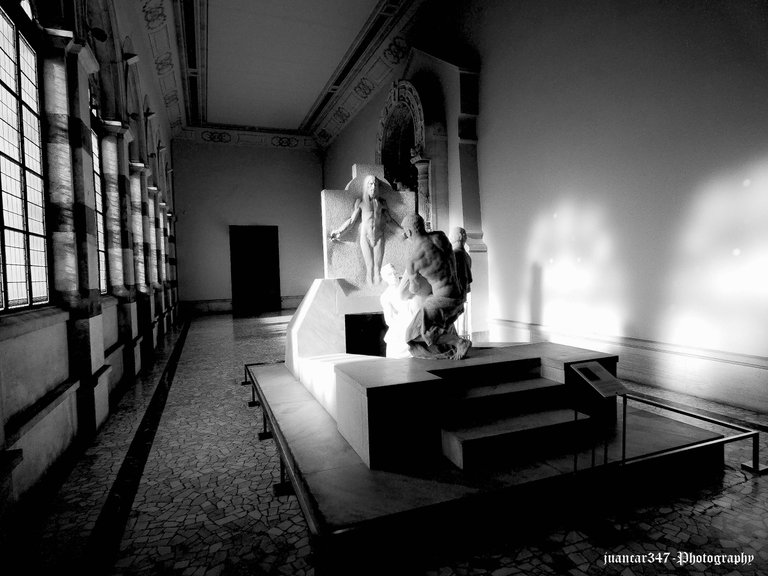
Y en ésta otra concepción, la Madre es representada como una Dama solitaria, con un velo que le oculta parcialmente la cabeza, pero deja al descubierto parte de un rostro inescrutable, con los ojos cerrados, plantada con vaporosa prestancia en el umbral que separa los mundos ambivalentes de la existencia, aguardando conmiserativa la llegada a casa del hijo pródigo.
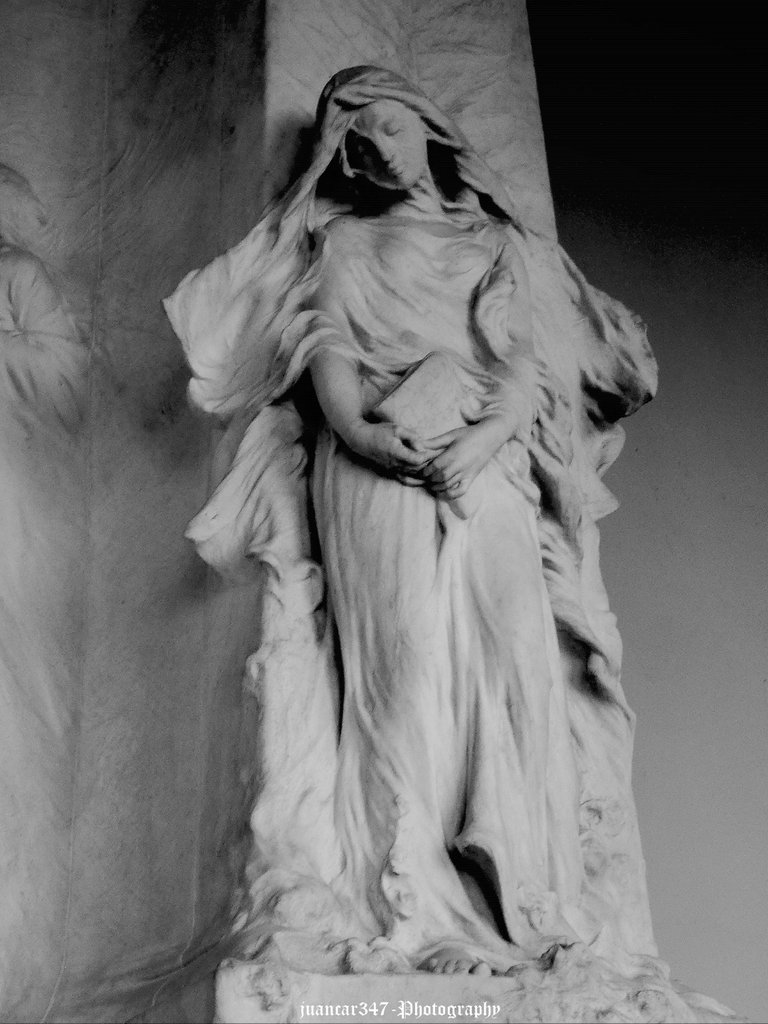
AVISO: Tanto el texto, como las fotografías que lo acompañan, son de mi exclusiva propiedad intelectual.
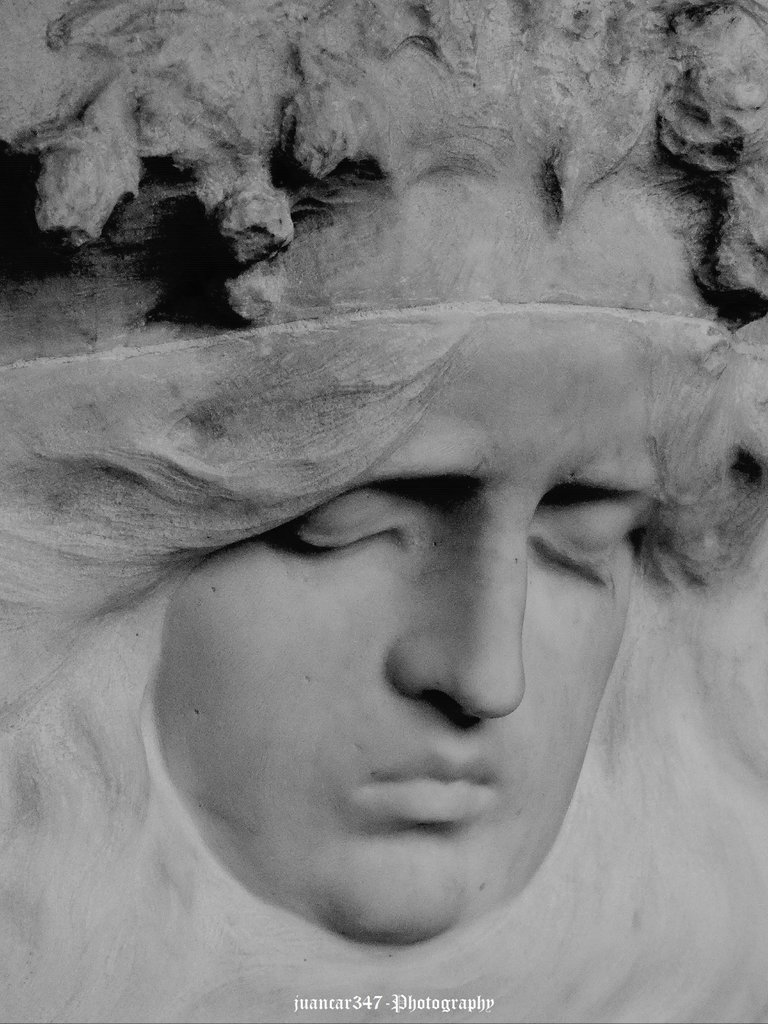
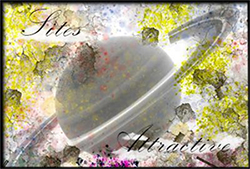
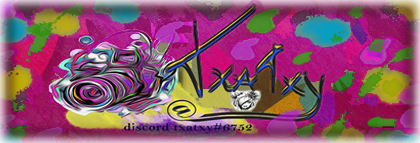


That's very interesting. Sorry I can't reply in Spanish. Would you be so kind and give information about the works of art on your photos?
Good morning, @helcim. I will gladly try to give you some information, as requested. The Pantheon of Illustrious Men, is a building in Madrid, next to the Basilica of Our Lady of Atocha, in which, and if, as I see you are an art historian, you may be interested to know that a carving of a Black Virgin is really preserved interesting that is also called Virgen de Atocha. The Pantheon, to which the photographs in my post belong, is a Neo-Byzantine style building (like the Basilica) - the Neo-Gothic and the Neo-Romanesque, were styles that became moa in Spain again, during the late nineteenth and early nineteenth centuries. of the 20th century, undoubtedly encouraged by that retrospective look made fashionable in France by Violet-le Duc, the restorer of the Notre-Dame cathedral- designed by the architect Fernando Arbós y Tremanti, whose project, apparently, was based on the cemetery of the Piazza del Duomo, Pisa. Inside, and to them correspond the various graves that are shown in the photographs, lie the remains of illustrious politicians from the troubled neoliberal period, many of whom were assassinated by anarchists on either side (conservative or liberal). Several of the graves were made by Mariano Benlliure and the complex was declared a Site of Cultural Interest in December 1992. If you need any other clarification, I am at your disposal. An affectionate greeting
Congratulations @juancar347! You have completed the following achievement on the Hive blockchain and have been rewarded with new badge(s) :
You can view your badges on your board And compare to others on the Ranking
If you no longer want to receive notifications, reply to this comment with the word
STOPTo support your work, I also upvoted your post!
Thank-you very much
cheers, liz
Muchas gracias a @cervantes y al equipo @velazquez. Saludos cordiales